Wildlife Sightings - June 2016
June 2016 weather on the Yorkshire coast will be remembered for low pressure, north and north-westerly winds, very cool temperatures and often fog and drizzle. Not the kind of weather breeding birds and insects need! Rainfall was high for the UK 139% of the average and not surprisingly sunshine hours were down. Despite this, the temperatures did rise over time from a miserable 11° on the 1st June to a month high of 22° in Scarborough on the 24th June.
The biggest wildlife news at the start of the month was the huge invasion of Diamondback Moths. They were literally everywhere tens of millions all over the UK and big numbers on the Yorkshire coast; 14,140 were counted at Filey on the 4th. Thought to originate from continental Europe, although the northerly winds at the time may indicate they emerged after breeding during an earlier arrival possibly in spring. Painted Lady butterflies also arrived in noticeable, but far fewer numbers in the first week of June. 52 were counted at Long Nab on the 5th. Migrant Hoverflies (Eupeodes corollae) were also seen in good numbers at this time in the Scarborough area. Summer moth trapping early in the month produced a Barred Umber and the rare micro moth Semioscopis steinkellneriana in Dalby Forest.
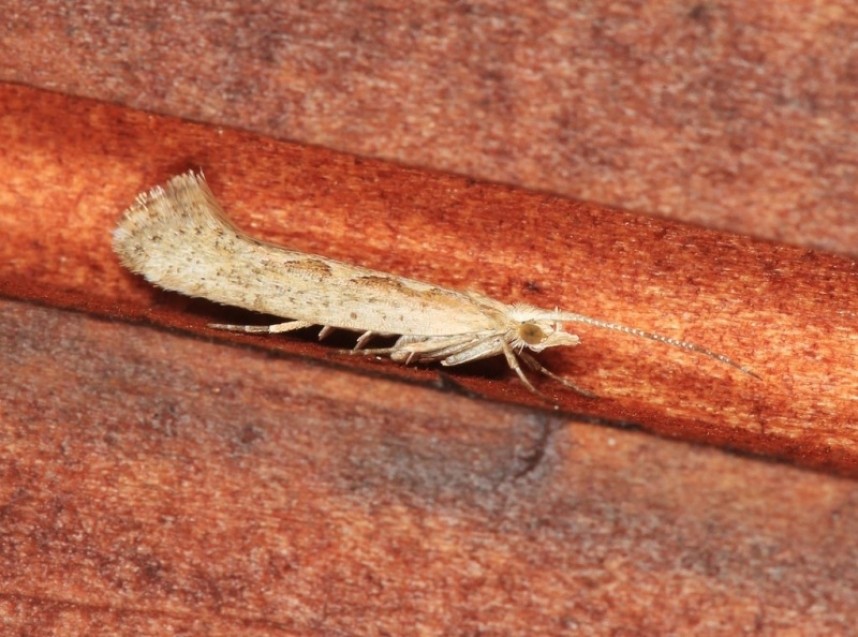
Diamondback Moth in Scarborough © Dan Lombard
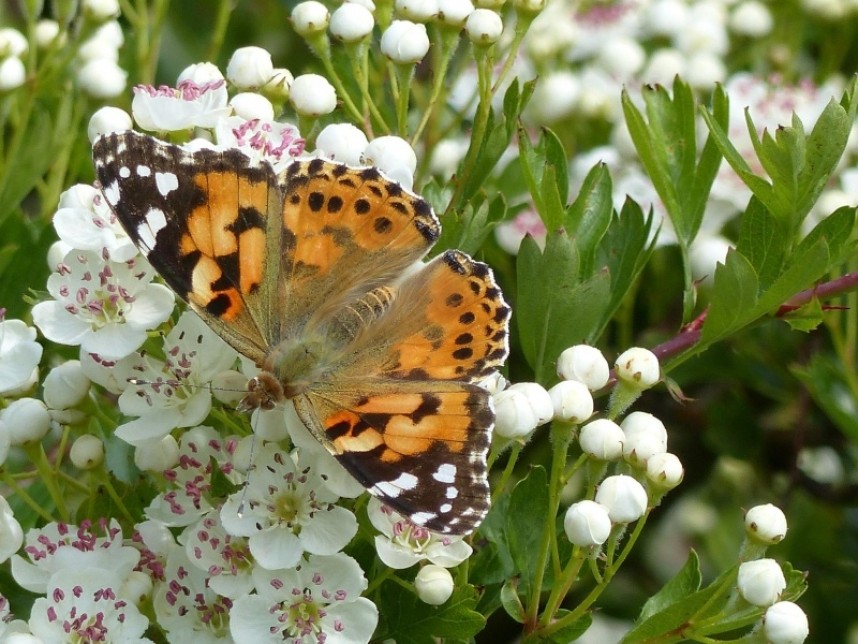
Painted Lady at Long Nab © Nick Addey
Butterflies were emerging at many sites. A transect count at Wharram Quarry on the 5th produced 27 Dingy Skipper, 33 Small Heath and nine Burnet Companion moths. By the middle of the month many new species were on the wing including Large Heath which was first seen on the 18th June at Crowle Moor. A rare moth in our area the Wood Tiger was found at a breeding site in Dalby Forest on the 15th June.
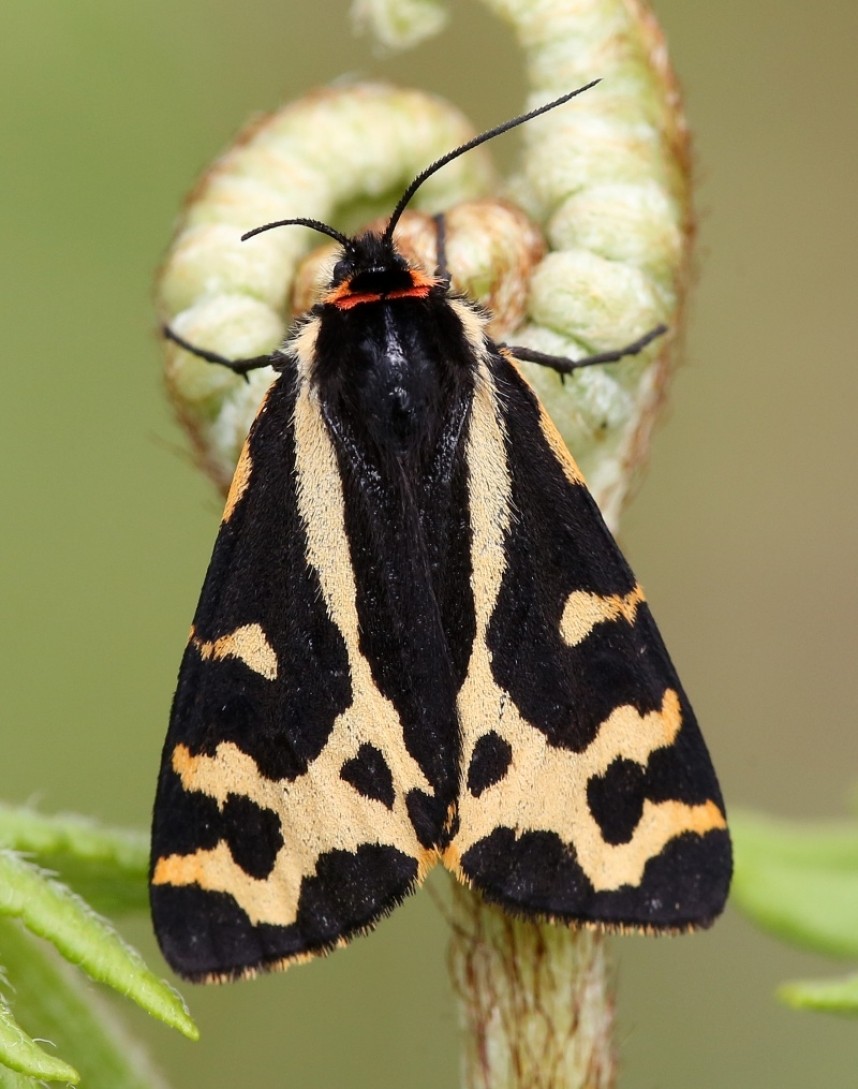
Wood Tiger © Dan Lombard
On the bird front Spurn started the month with a wonderful couple of days on the 1st and 2nd when Common Rosefinch, Long-tailed Skua, Montagu’s Harrier and Red-backed Shrike were seen. By the 10th June Spurn had racked up further rare birds; a Night Heron, Bee-eater, Grey-headed Wagtail, Marsh warbler, Golden Oriole and Serin. On the 4th (and for several days after this) a Savi’s Warbler was singing at Blacktoft Sands RSPB and a Great White Egret spent several days at North Duffield Carrs. A Red-necked Phalarope was at Gouthwaite Reservoir on the 3rd and another or the same bird turned up at Blacktoft Sands RSPB on the 7th along with 2 Spoonbills. Back on the coast an Avocet with colour rings arrived at Filey Dams reserve on the 6th. After further research it was found to have hatched at Seal Sands on the 2nd June 2015. Not to be outdone completely, Flamborough returned with a Bee-eater on the 8th. News of Garganey breeding successfully at Top-Hill Low was welcomed as were two Black-necked Grebes taking up residence at North Cave Wetlands YWT.
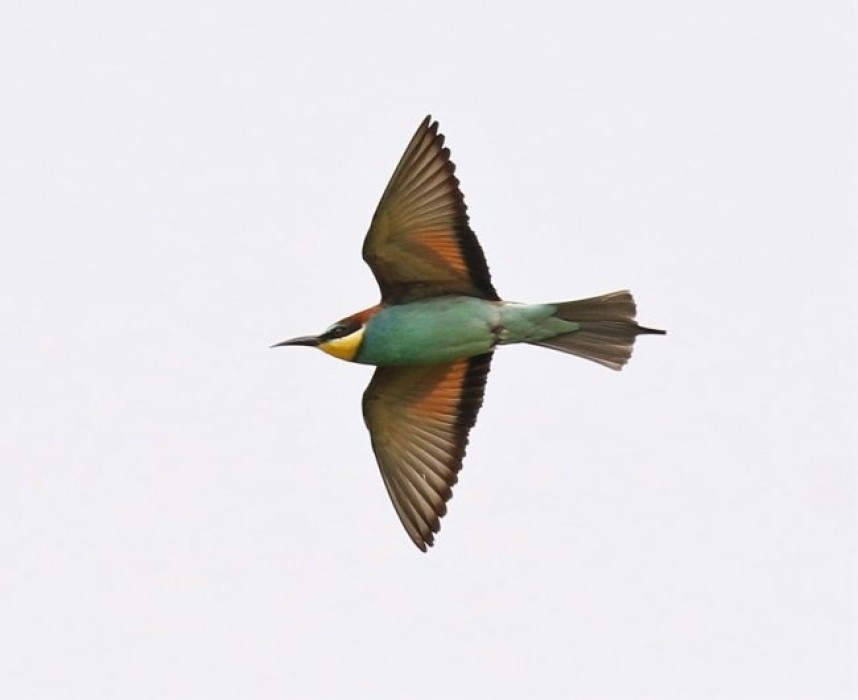
Bee-eater © Spurn B.O.T
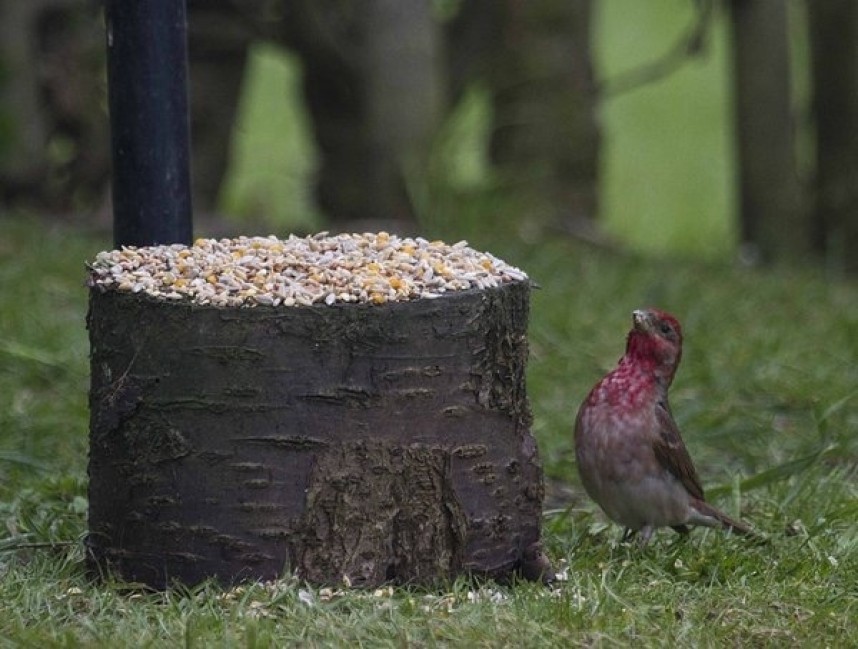
Common Rosefinch at Kilnsea © John Hewitt
In the Scarborough area a Mandarin with 6 duckings was seen at Harwood Lake. This species seems to be increasing in this area but can be secretive when breeding. The first Honey Buzzards in Wykeham Forest were seen on the 5th but the highlight of this period was a Greenish Warbler near Marine Drive in Scarborough. The best day raptor watching in the forest was the 9th when 3 Honey Buzzard, Osprey and Red Kite were seen.
By mid-month there insects were on the increase despite the cold weather. A stunning Pied Hoverfly (Volucella pellucens) was photographed in Scarborough on the 14th; this fairly common species is often overlooked but definitely worth looking out for. A nymph of the Fine Streaked Bugkin (Miris striatus) was a good find at Scarborough on the 13th with the last North Yorkshire coast record of this southern species from Robin Hoods Bay in 1940. Another first for Scarborough was a Nettle Ground Bug (Heterogaster urticae) in the town on the 19th. Moth trapping was still slow going in the difficult conditions but there was colour to warm the heart in the form of a freshly emerged Green Silver Lines caught on the 10th near Scarborough.
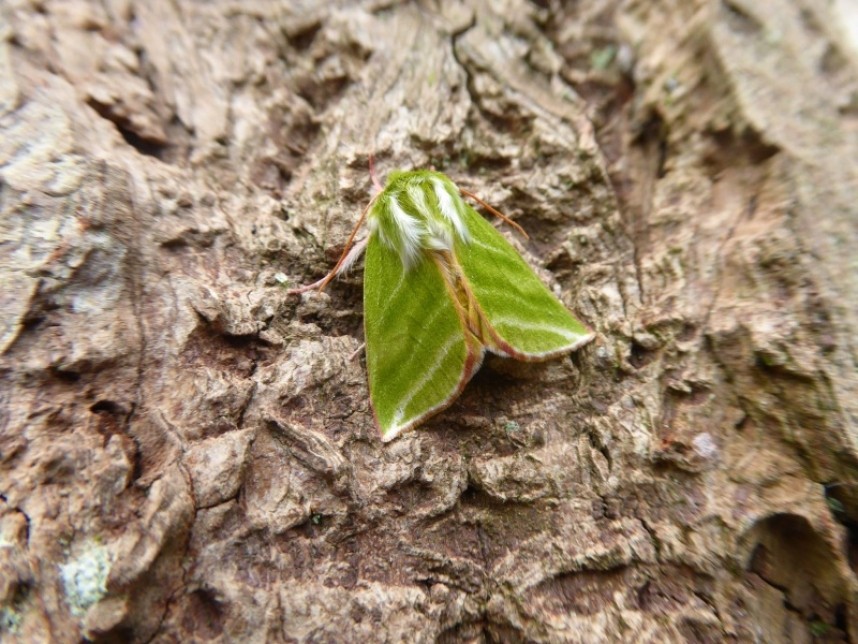
Green Silver Lines in North Yorkshire © Allan Rodda
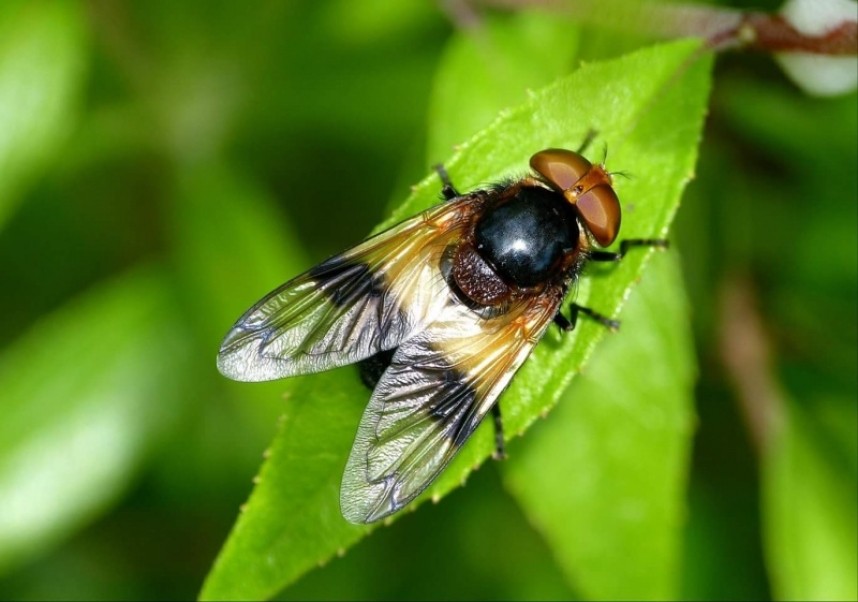
Pied Hoverfly in Scarborough © Jim Middleton
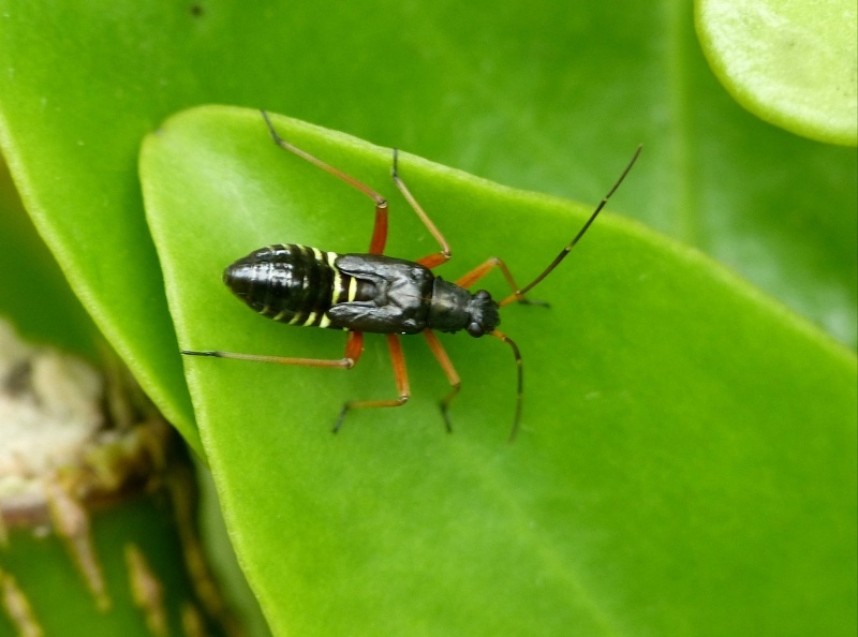
Fine Streaked Bugkin in Scarborough © Jim Middleton
Spurn continued to pull in scarce birds daily with their first ever June Woodlark on the 11th followed by Bee-eater on the 12th and Red-footed Falcon on the 13th. A short break for Spurn birders to take a breath, before excitement again on the 20th as a Black Kite drifted south past the Warren followed a couple of days later by an adult summer plumage American Golden Plover on the 22nd. Two records of Otter from the Spurn and Kilnsea area this month were fantastic news, the first for many years. One poked its head out nervously from a ditch at Long Bank on the 22nd.
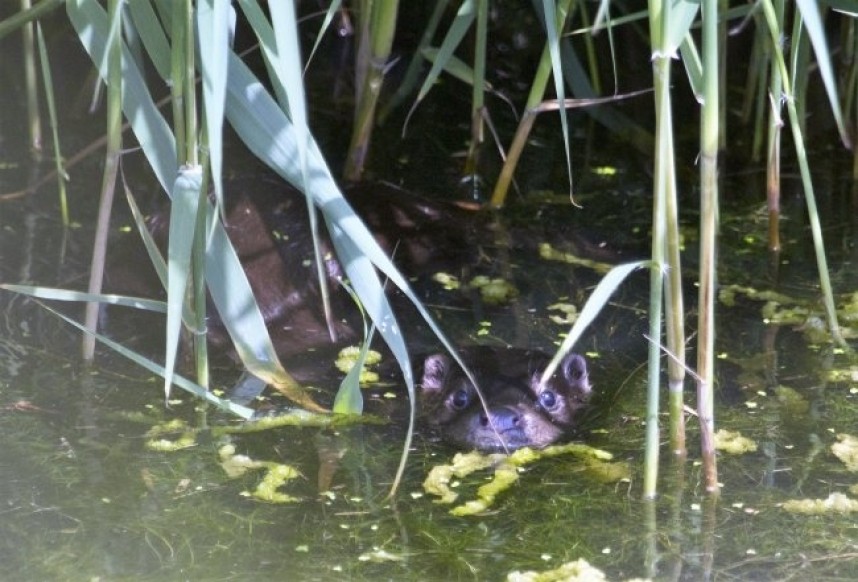
Otter at Spurn © John Hewitt
Orchids are a common and very popular sight in the grasslands at all three of our Bird Observatories. A count at Filey Tip on the 28th produced 1000+ Common Spotted Orchid, 150+ Pyramidal Orchid and seven Bee Orchid, a great testament to the conservation management being undertaken by volunteers at Filey Bird Observatory and Group.
By the end of the month the first few waders heralded the end of the Arctic breeding season and the start of our autumn passage. Black-tailed Godwits, Greenshank and Whimbrel started appearing at Spurn, the first Wood Sandpiper at North Cave YWT and 13 Spotted Redshank at Blacktoft Sands RSPB. An increase in Common Scoter numbers all the way down the coast alongside small numbers of Manx Shearwaters kicked off the seawatching season. More unusual was a summer plumage Little Auk which flew north past Flamborough on the 28th.
The better weather by the end of the month when winds switched to a south-westerly direction brought calmer seas which were warmly welcomed by whale and dolphin watchers. White-beaked Dolphin and Bottle-nose Dolphins joined small numbers of Minke Whales in the Whitby to Staithes area all being seen from boats between 2 and 9 miles offshore.
Richard Baines YCN
For more wildlife sightings visit these great web sites!
Spurn Bird Observatory, Flamborough Bird Observatory, Filey Bird Observatory and Group, Northern Rustic blogspot , Scarborough Birders, Butterfly Conservation Yorkshire Branch Yorkshire Nature Traingle



 Back to Blog
Back to Blog
